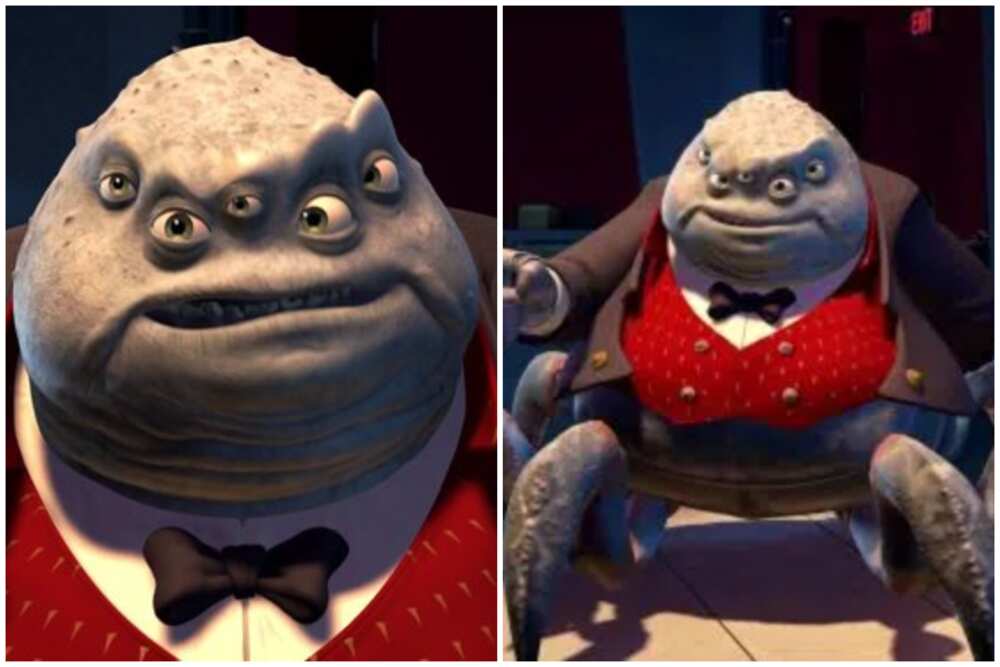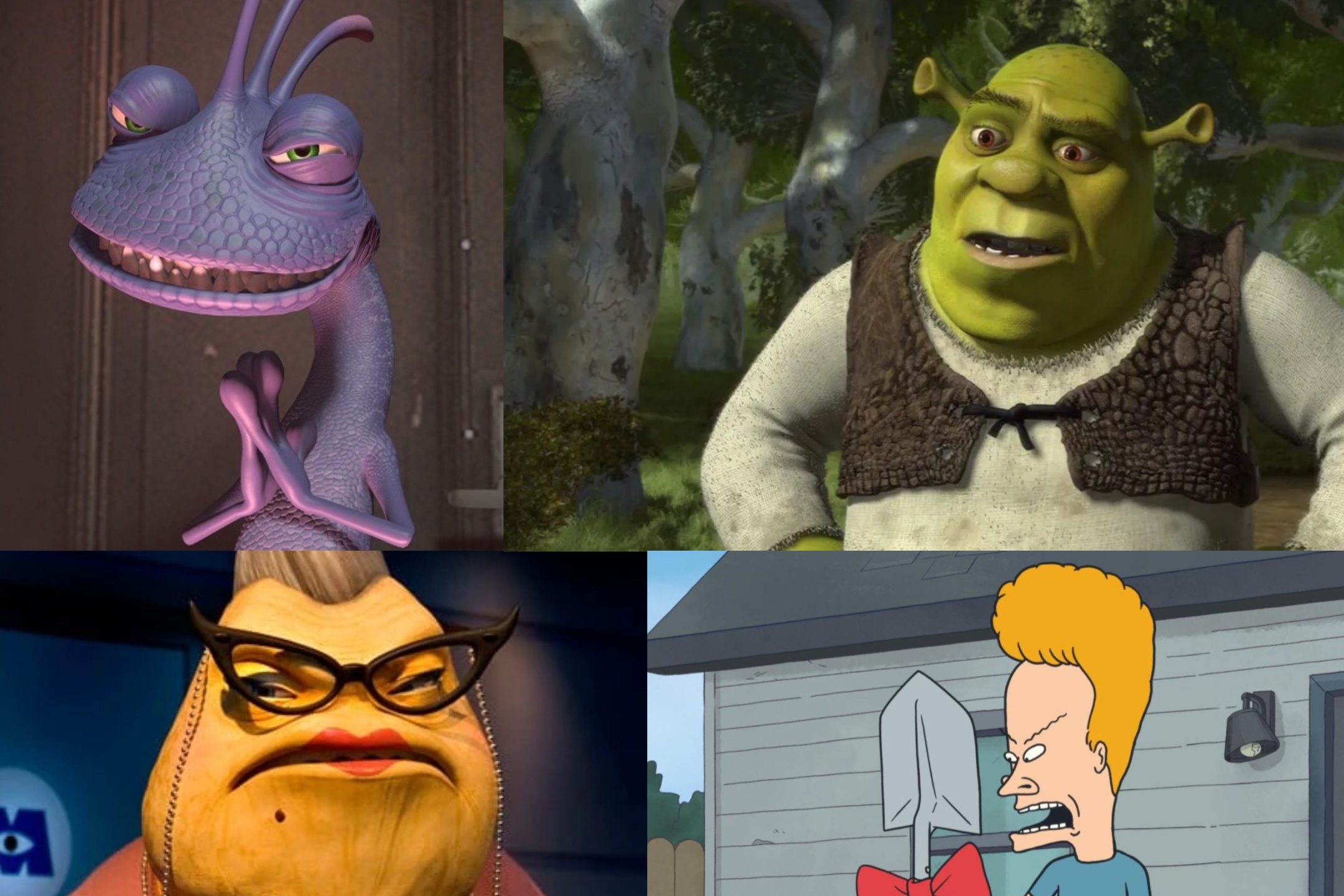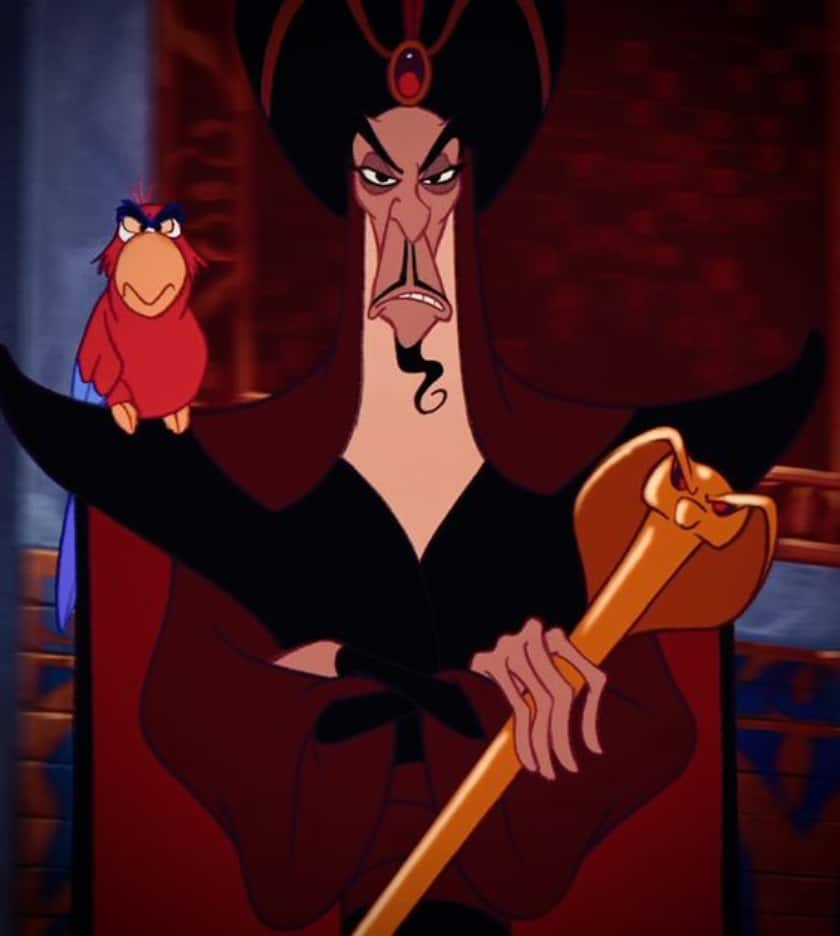Hey there, fellow storytellers and movie enthusiasts! Today, we’re diving into the world of blonde ugly characters. Now, before you roll your eyes thinking this is just another cliché topic, let me tell you—there’s so much more to these characters than meets the eye. They are often misunderstood, underestimated, and sometimes even used as comic relief. But guess what? These characters play a crucial role in shaping narratives and challenging societal norms about beauty. So, buckle up, because we’re about to uncover some serious storytelling gold.
Let’s face it, Hollywood and literature have long been obsessed with the idea of perfection. From sparkling white teeth to flawless hair, the media has set unrealistic standards for what constitutes beauty. But amidst all the glamour, blonde ugly characters emerge as a breath of fresh air. They remind us that imperfections are not just okay—they’re essential to making a character relatable and human.
Now, you might be wondering, why focus on these characters? Well, my friend, by understanding their roles, motivations, and journeys, we can gain a deeper appreciation for storytelling as a whole. Plus, it’s always fun to flip the script and explore the underdog, right? So, without further ado, let’s jump into the world of blonde ugly characters and see what makes them so darn interesting.
Read also:Bad Boys For Life Cast A Comprehensive Guide To The Stars Behind The Blockbuster
Table of Contents:
- Biography of Key Characters
- Defining Beauty in Storytelling
- What Makes a Blonde Ugly Character?
- Famous Blonde Ugly Characters in Pop Culture
- The Psychology Behind Blonde Ugly Characters
- Their Impact on Society
- Common Misconceptions
- Tips for Writing Blonde Ugly Characters
- Real-Life Examples in Media
- The Future of Blonde Ugly Characters
Biography of Key Characters
Before we dive into the nitty-gritty, let’s take a moment to appreciate some of the most iconic blonde ugly characters in pop culture. These characters aren’t just sidekicks or one-dimensional figures—they’re complex individuals with their own stories to tell. Here’s a quick overview:
| Name | Series/Movie | Role | Notable Traits |
|---|---|---|---|
| Dorothy Gale | The Wizard of Oz | Protagonist | Innocent, determined, and resourceful |
| Marge Simpson | The Simpsons | Matriarch | Caring, humorous, and strong-willed |
| Veruca Salt | Charlie and the Chocolate Factory | Villain | Spoiled, bratty, and self-centered |
These characters may not fit the traditional mold of beauty, but they bring depth and richness to the stories they inhabit.
Defining Beauty in Storytelling
What Does Beauty Mean Anyway?
In the world of storytelling, beauty is often used as a shorthand for goodness, intelligence, or virtue. But what happens when we challenge that notion? Blonde ugly characters force us to rethink our assumptions about what makes someone attractive or valuable. Beauty, after all, is subjective—and these characters remind us of that.
For instance, take Dorothy Gale from The Wizard of Oz. Sure, she’s got a pair of ruby slippers that make her shine, but her real beauty lies in her inner strength and resilience. She’s not your typical princess, but she’s definitely a hero in her own right.
What Makes a Blonde Ugly Character?
Breaking Down Stereotypes
So, what exactly defines a blonde ugly character? Is it their appearance, personality, or both? In many cases, it’s a combination of factors that set them apart. These characters often have physical traits that don’t conform to societal standards of beauty, such as oversized glasses, braces, or unconventional hairstyles. But that’s not all—they also tend to have quirks or flaws that make them stand out.
Read also:Josie Totah A Rising Star In The Entertainment Industry
Take Veruca Salt, for example. Her bratty behavior and entitlement make her an unlikable character, but they also highlight the dangers of unchecked privilege. By portraying her as “ugly,” the story sends a powerful message about the importance of humility and gratitude.
Famous Blonde Ugly Characters in Pop Culture
Icons Who Broke the Mold
From literature to film, blonde ugly characters have left an indelible mark on pop culture. Here are a few examples that have resonated with audiences over the years:
- Dorothy Gale: A symbol of hope and determination in The Wizard of Oz.
- Marge Simpson: The heart and soul of The Simpsons, proving that beauty comes in all shapes and sizes.
- Veruca Salt: A cautionary tale about greed and selfishness in Charlie and the Chocolate Factory.
Each of these characters brings something unique to the table, challenging viewers to see beyond surface-level appearances.
The Psychology Behind Blonde Ugly Characters
Why Do We Love Them?
On the surface, blonde ugly characters may seem like outliers in the world of storytelling. But dig a little deeper, and you’ll find that they tap into some fundamental psychological principles. For one, they embody the concept of the underdog—a character who defies expectations and triumphs against all odds. Who doesn’t love rooting for the underdog?
Additionally, these characters often serve as a mirror for the audience, reflecting our own insecurities and flaws. By seeing someone who doesn’t fit the mold of perfection, we’re reminded that it’s okay to be different. And let’s be real—sometimes it’s refreshing to see someone who’s not afraid to be themselves.
Their Impact on Society
Changing Perceptions, One Character at a Time
Blonde ugly characters have the power to shape societal attitudes toward beauty and diversity. By portraying these characters as multidimensional and relatable, storytellers can challenge stereotypes and promote inclusivity. In a world where beauty standards are constantly evolving, these characters remind us that there’s no one-size-fits-all definition of attractiveness.
For example, Marge Simpson has become a cultural icon, celebrated for her humor, intelligence, and unwavering support of her family. Her character shows that beauty isn’t just about physical appearance—it’s about the qualities that make someone truly remarkable.
Common Misconceptions
Setting the Record Straight
Despite their growing popularity, blonde ugly characters are still subject to misconceptions. One of the biggest myths is that they’re always comedic or one-dimensional. In reality, these characters can be just as complex and nuanced as their more conventionally attractive counterparts.
Another misconception is that blonde ugly characters are inherently negative or villainous. While some do fall into this category (looking at you, Veruca Salt), many others are heroes in their own right. By embracing their imperfections, these characters show us that beauty comes in all forms.
Tips for Writing Blonde Ugly Characters
Creating Characters That Stand Out
So, you want to write a blonde ugly character? Great! Here are a few tips to help you create a character that’s both memorable and relatable:
- Give Them Depth: Don’t rely solely on physical traits to define your character. Explore their motivations, fears, and desires to make them more multidimensional.
- Subvert Expectations: Challenge stereotypes by giving your character unexpected qualities or abilities. For example, a blonde ugly character could be a brilliant scientist or a skilled warrior.
- Embrace Quirks: Imperfections make characters more human and relatable. Don’t be afraid to give your character quirks that set them apart.
By following these tips, you’ll create a character that resonates with readers and challenges societal norms.
Real-Life Examples in Media
From Fiction to Reality
Blonde ugly characters aren’t just limited to fiction—they also appear in real-life media. Think about how celebrities like Tina Fey and Amy Poehler have embraced their quirks and become cultural icons. These women prove that beauty isn’t just about looks—it’s about confidence, humor, and authenticity.
In the world of fashion, designers like Marc Jacobs and Karl Lagerfeld have also challenged traditional beauty standards by featuring models with unconventional looks. By celebrating diversity, they’ve helped pave the way for a more inclusive industry.
The Future of Blonde Ugly Characters
Where Do We Go From Here?
As society continues to evolve, so too will our understanding of beauty and storytelling. Blonde ugly characters will undoubtedly play a key role in shaping the future of media, challenging us to see beyond surface-level appearances and embrace the richness of human diversity.
So, the next time you come across a blonde ugly character, take a moment to appreciate the depth and complexity they bring to the story. After all, it’s the imperfections that make them so darn interesting.
Kesimpulan
And there you have it, folks—a deep dive into the world of blonde ugly characters. From challenging beauty standards to reshaping societal attitudes, these characters prove that imperfections are nothing to be ashamed of. So, whether you’re a writer, filmmaker, or just a fan of great storytelling, remember that beauty comes in all shapes and sizes.
Now, it’s your turn! Leave a comment below and let me know your favorite blonde ugly character. Or, if you’re feeling inspired, try writing one of your own. Who knows? You might just create the next iconic character in pop culture.


